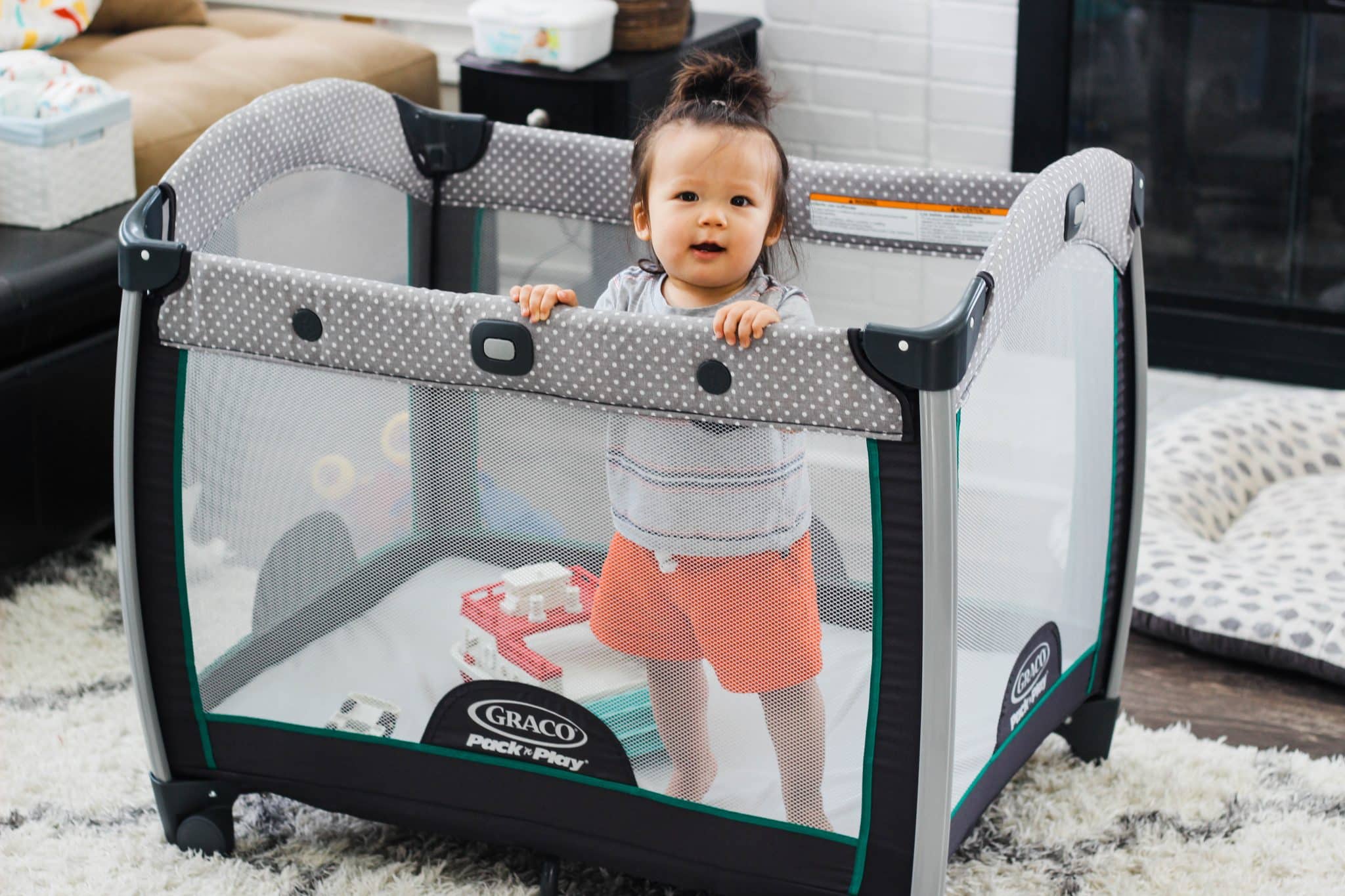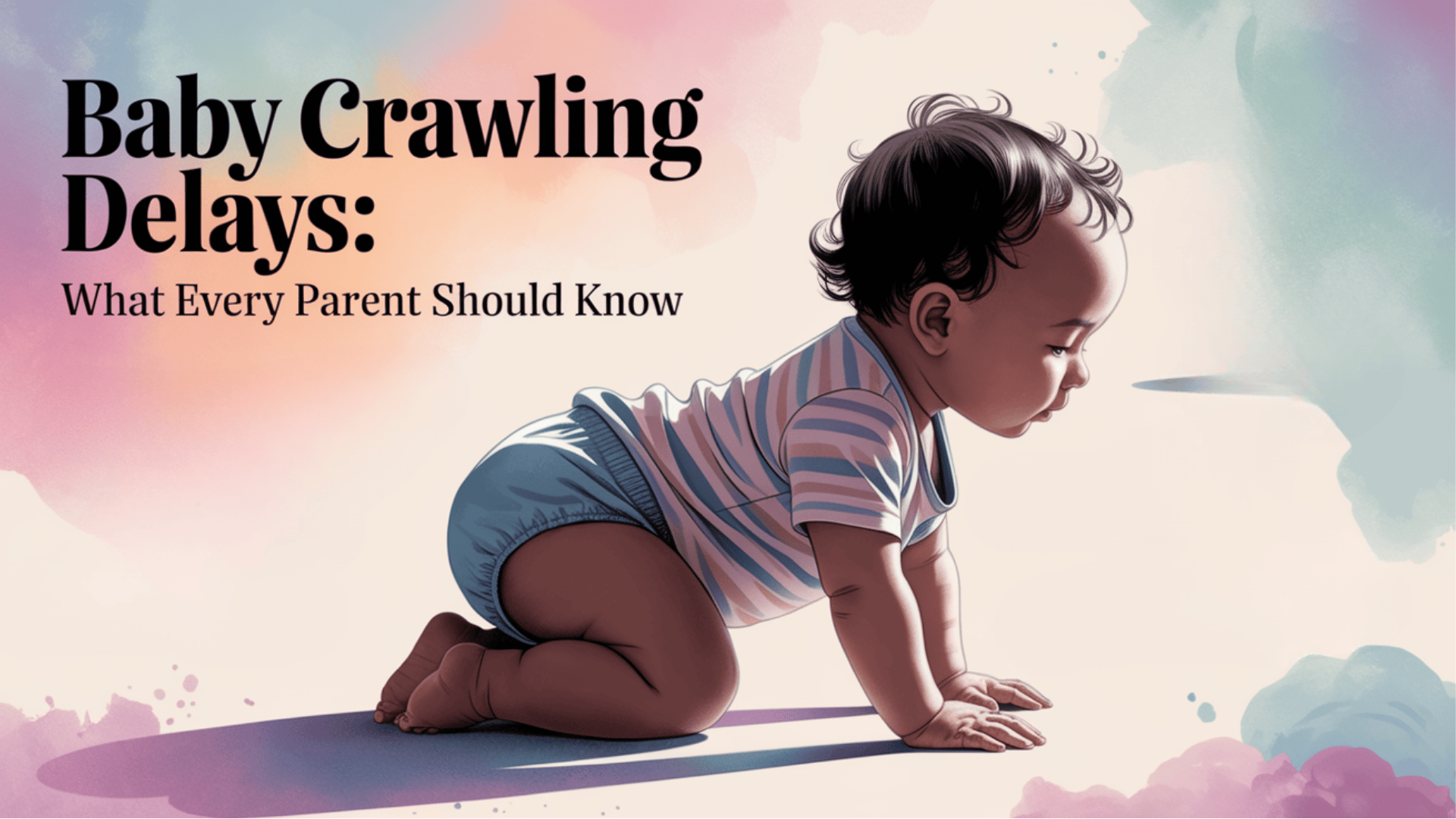
Did you know that about 15% of babies skip crawling entirely? While we eagerly await that classic hands-and-knees crawl, many babies have their creative plans for getting mobile!
From army crawling and bottom scooting to skipping straight to walking, the trip to movement is as unique as your baby’s personality. This crucial developmental phase typically happens between 6 and 12 months, but the timeline varies widely from child to child.
Understanding the true meaning of milestones can save parents unnecessary worry and help them focus on what really matters: supporting their baby’s natural development process.
Probe what crawling really means, when to encourage it, and when to seek professional guidance.
Normal Crawling Development
Babies typically begin crawling between 6 and 10 months of age, but this milestone varies widely among infants. Some eager babies may start as early as 5 months, while others might skip crawling altogether and move directly to pulling up and walking.
This range represents normal development, and parents should remember that each child progresses at their own pace.
By 7-8 months, many babies have developed the core strength, coordination, and curiosity needed to begin moving independently.
This development follows a predictable pattern: babies first learn to support their weight on their arms during tummy time, then learn how to push up on hands and knees, rock back and forth, and finally coordinate their movements to crawl forward.
Pediatricians consider crawling within this 6-10 month window to be perfectly normal. Even babies who don’t crawl until closer to their first birthday are typically developing appropriately if they’re meeting other milestones.
Different Types of Crawling

Babies demonstrate remarkable creativity when it comes to mobility, and not all choose the classic crawling style:
Most parents envision traditional hands—and—knees crawling. The baby positions itself on all fours, with their belly lifted off the ground, and then moves by coordinating opposite limbs (right hand with left knee, left hand with right knee). This cross-pattern movement helps develop coordination between the brain’s hemispheres.
Army crawling (also called belly crawling or commando crawling) involves the baby keeping their torso against the floor while using their arms to pull themselves forward, often with some leg pushing. Many babies begin with this style before progressing to hands-and-knees crawling, though some prefer this method exclusively.
Bottom scooting is a surprisingly effective technique in which babies sit upright and use their hands and feet to scoot their bottoms across the floor. Some scooters become quite proficient and may never transition to traditional crawling before walking.
Rolling as transportation represents another legitimate mobility strategy. Some babies discover they can efficiently get where they want to go by moving across the room, demonstrating problem-solving skills even if they’re not technically crawling.
Each crawling style provides important sensory input and physical development. Parents should celebrate their baby’s chosen method rather than worrying about whether they’re crawling “correctly.”
The primary goal is independent mobility, which fosters cognitive development by allowing babies to investigate their environment and make choices about where they want to go.
Pro Tip: Keep a simple milestone journal with photos or videos. Not only will you treasure these memories later, but they can help you track progress to share with your pediatrician if needed.
When Do Most Babies Start Crawling?
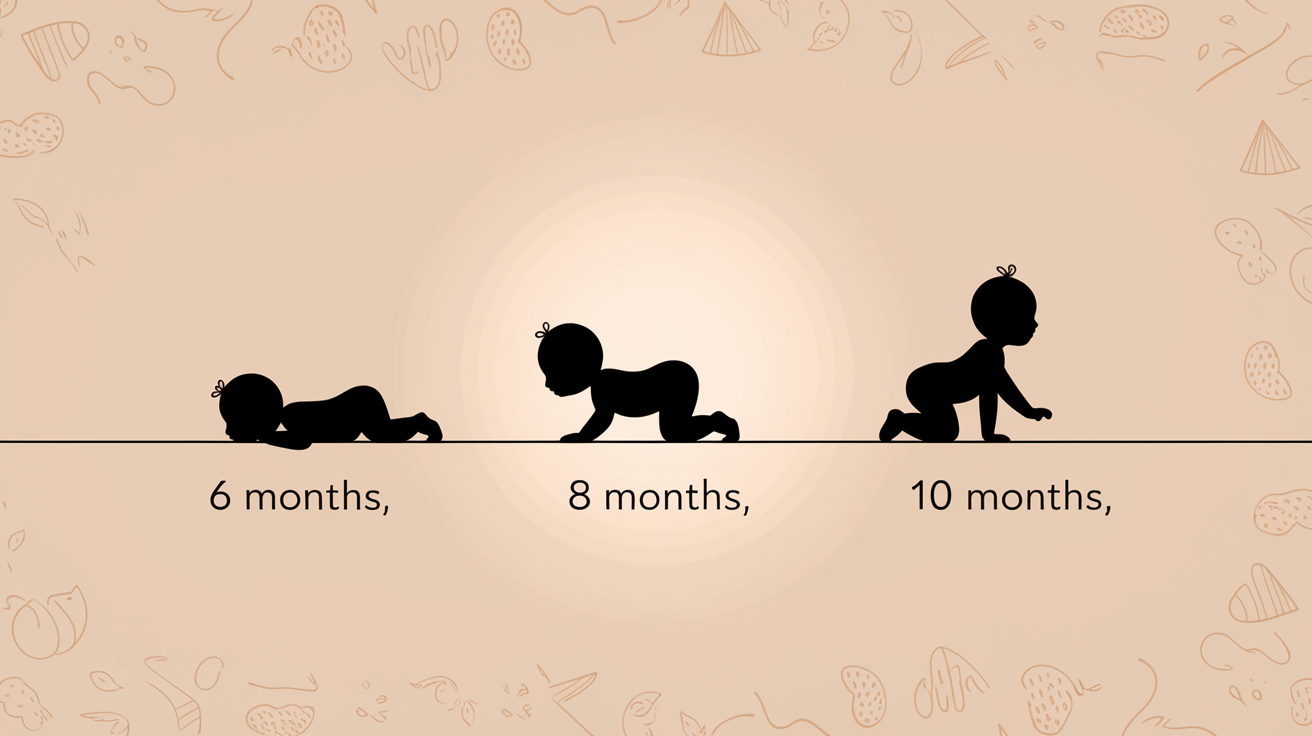
Most babies begin crawling between 6 and 12 months. Some eager beavers might start army-crawling as early as 6 months, while others might not get moving until closer to their first birthday.
Dr. Molly O’Shea, a pediatrician with over 25 years of experience, reminds parents: “The timeline for crawling varies widely. What’s most important is seeing continued development and progress in your baby’s mobility skills.”
Both the American Academy of Pediatrics and the CDC recognize this wide range as completely normal. So, take a deep breath if your baby isn’t crawling at the same age as your neighbor’s little one!
Is It Normal If My Baby Doesn’t Crawl?
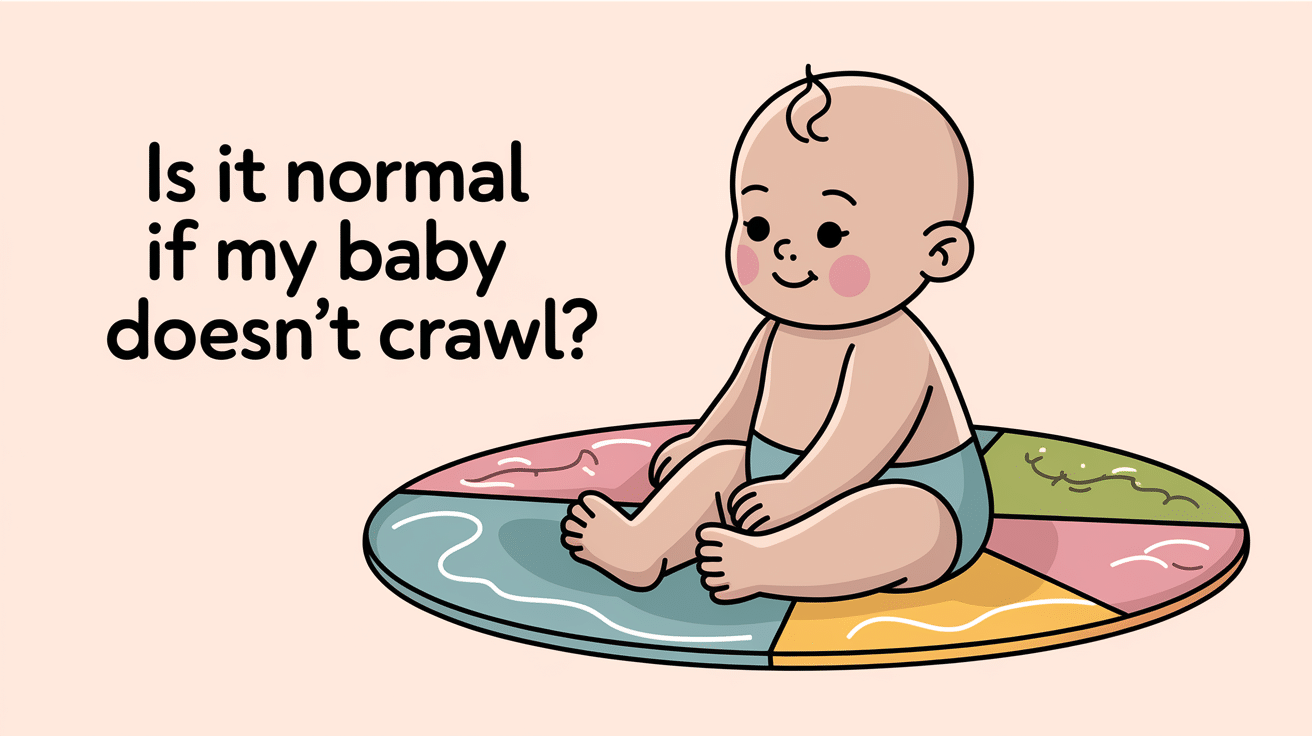
Yes! Some babies never crawl in the traditional sense.
Dr. Brittany Ferri, an occupational therapist who specializes in child development, explains, “About 15% of babies skip the crawling phase altogether. As long as they’re finding ways to be mobile and meeting other development markers, there’s usually no cause for concern.”
What matters most is that your baby is making progress in their movement skills, whether that includes traditional crawling or not.
Crawling has several benefits:
- Strengthens arm, leg, and core muscles
- Improves coordination between the left and right sides of the body
- Helps babies develop spatial awareness and memory
- Supports later skills like balance and posture
But here’s the good news: babies who skip crawling can still develop these skills through other movements and activities. The body is amazingly adaptable!
Pro Tip: Focus on giving your baby plenty of floor time and freedom to move rather than worrying about which specific movement pattern they use. The exploration itself is what matters most.
Encouraging Your Baby’s Motor Development

You can support your baby’s movement journey with these simple strategies:
Create a safe exploration zone with minimal barriers. Put away small items that could be choking hazards and secure furniture that could tip.
Make tummy time fun! Start with short sessions several times a day when your baby is awake and happy. Gradually increase the time as they build strength.
Place favorite toys just out of reach to motivate movement. Nothing encourages crawling like a fascinating toy that’s just a little bit too far away!
Get down on the floor and crawl alongside your baby. This not only models the behavior but also turns movement into a fun game you play together. Try different surfaces, such as carpet, blankets, or grass (with supervision), to give your baby varied sensory experiences.
Pro Tip: Limit time in containers like swings, bouncers, and exersaucers to no more than 15-20 minutes at a time. While these items are convenient and safe for short periods, babies need plenty of unrestricted floor time to develop their movement skills.
When to Seek Professional Guidance?
While development varies, certain signs warrant a conversation with your pediatrician:
- No attempts at mobility (crawling, scooting, or otherwise) by 12 months
- Consistently favoring one side of the body
- Loss of previously mastered skills
- Stiffness or floppiness in the limbs
- Missing multiple milestones across different areas of development
Trust your instincts. You know your baby best, and if something doesn’t seem right, it’s always okay to ask for professional input. If your baby shows no interest in mobility by 12 months or you notice other concerning signs, it’s time to talk with your pediatrician.
Your doctor might:
- Conduct a thorough developmental assessment
- Ask detailed questions about what movements you observe at home
- Refer you to a specialist like a physical therapist if needed
Early intervention, when necessary, can make a big difference. Many babies need a little extra support to get their movement travels on track.
Summing It Up
The crawling experience is just one chapter in your baby’s remarkable development story. If your little one army-crawls, scoots, or bypasses crawling entirely, what matters most is their continued progress and inquiry.
Focus on creating opportunities for movement through plenty of floor time and engaging play rather than worrying about specific crawling styles.
Most babies find their perfect way to get moving between 6 and 12 months, though some take a bit longer. Trust your instincts, celebrate each milestone at your baby’s unique pace, and remember that developmental guidelines are just guidelines, not rigid rules.
Every baby writes their perfect timeline for uncovering the world around them.
If you’re interested in more informational content on mothers and babies, feel free to click here and research other blogs that you might enjoy.


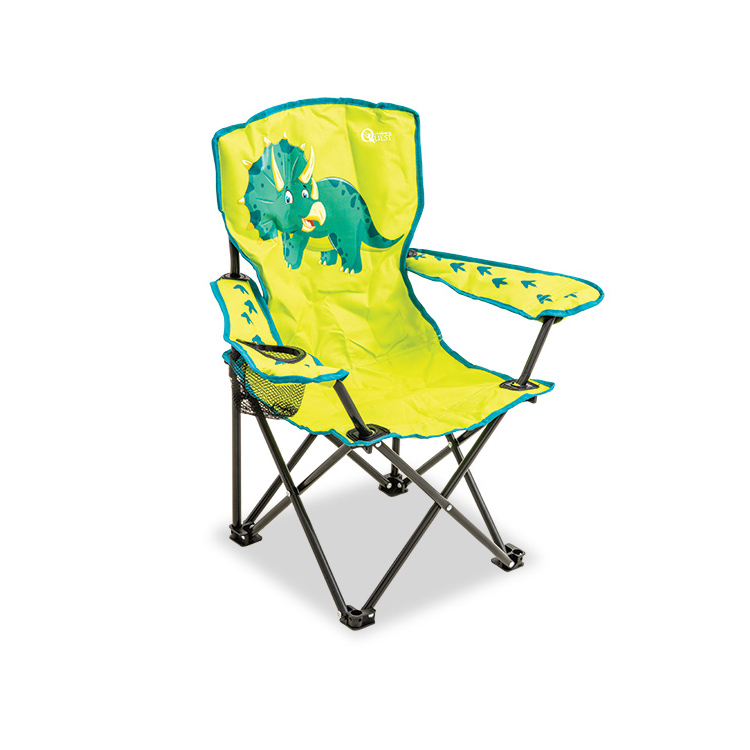











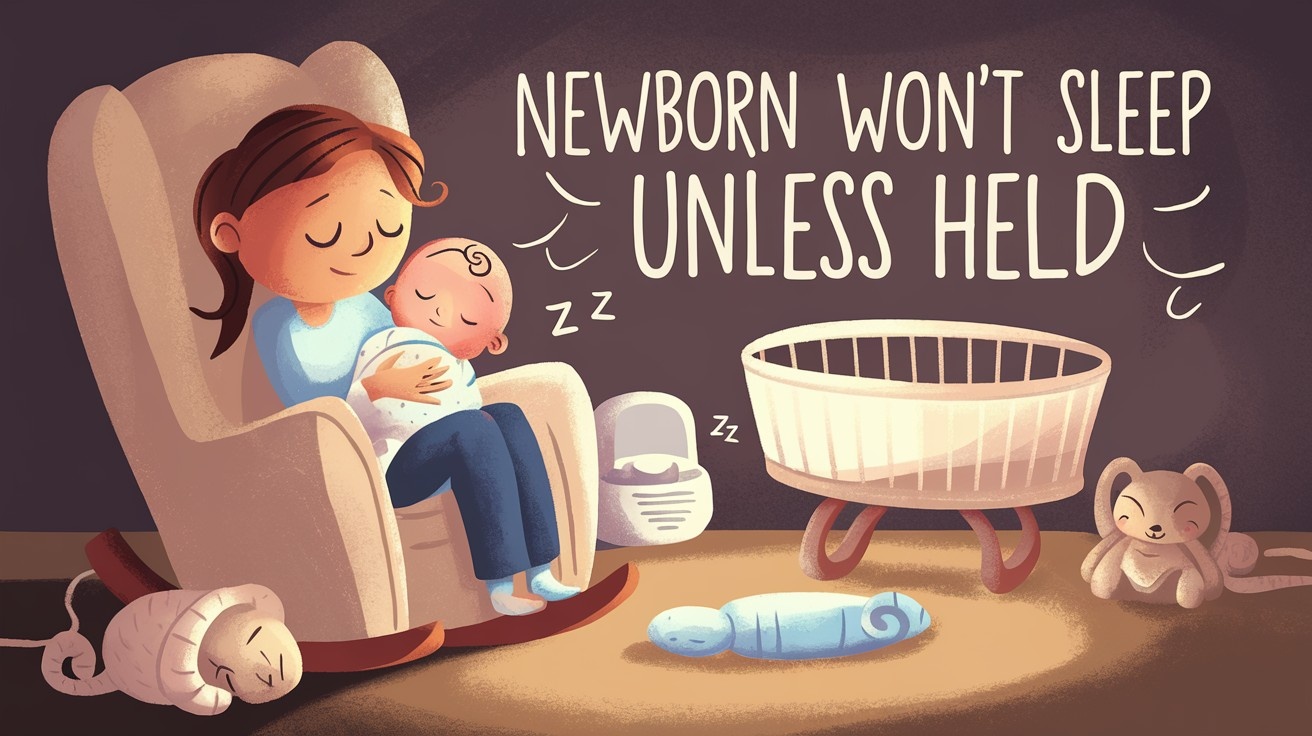
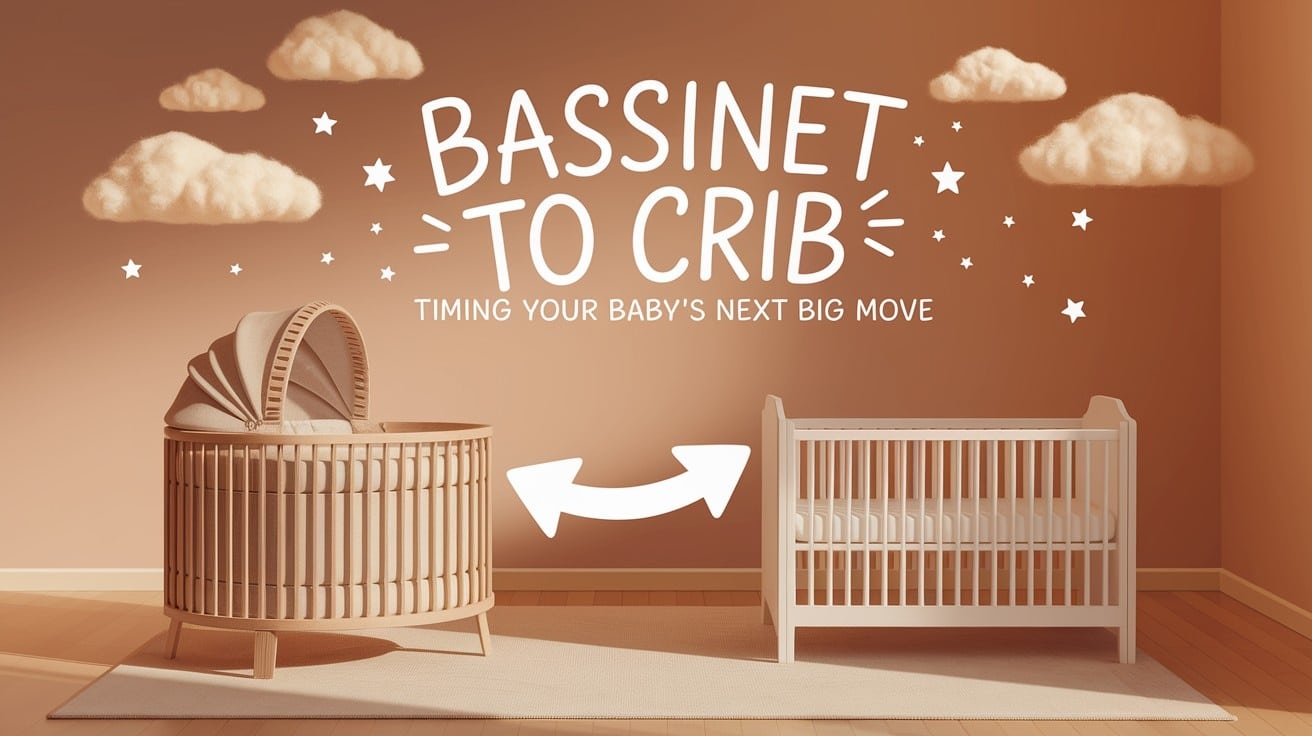




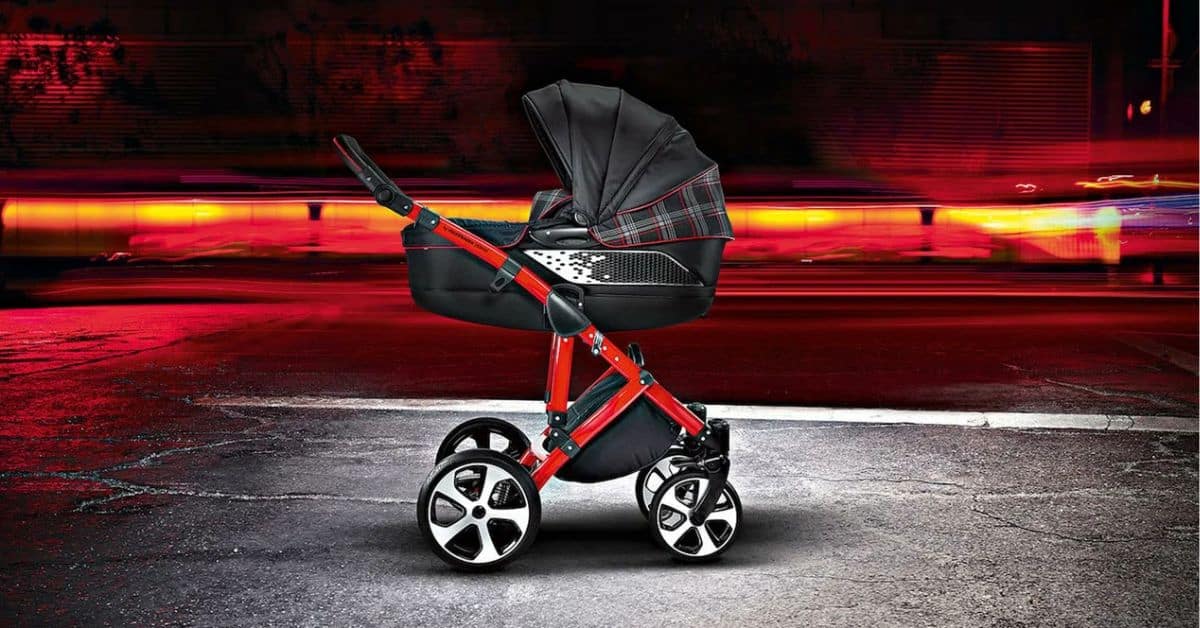


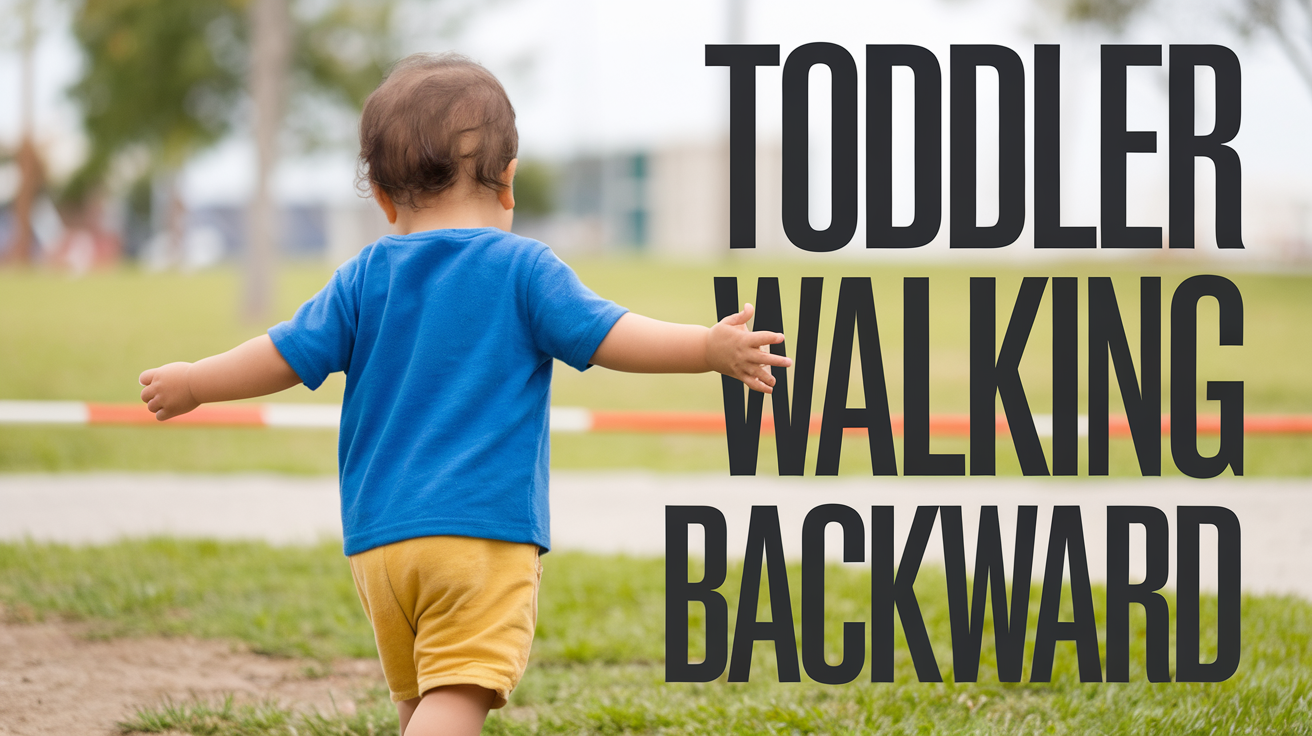













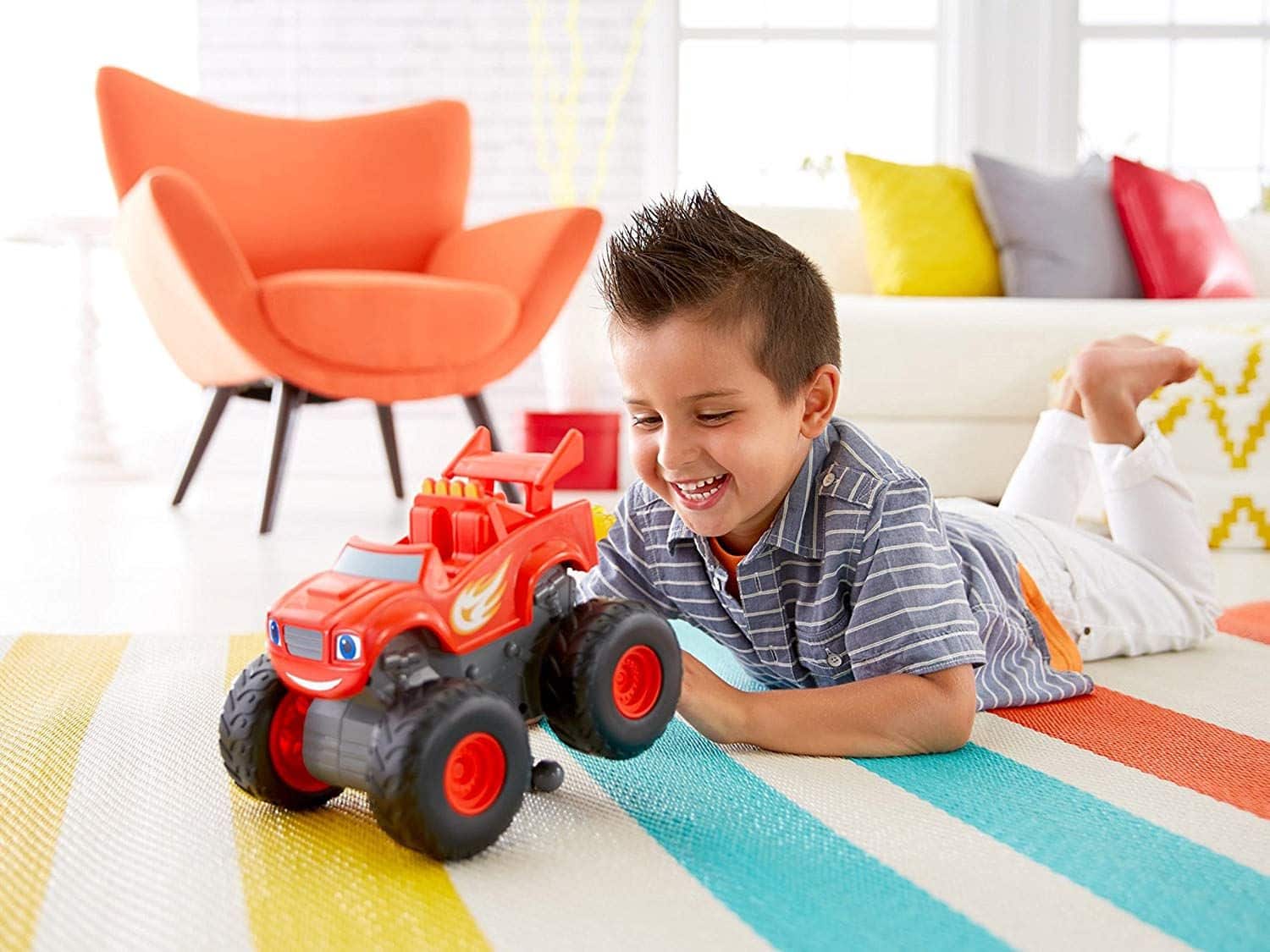
![11 Fantastic Kids Kayaks for 2023 (Amazon)[P]](https://cdn.mothersalwaysright.com/wp-content/uploads/2023/11/44407222_l-scaled-1.jpg)




